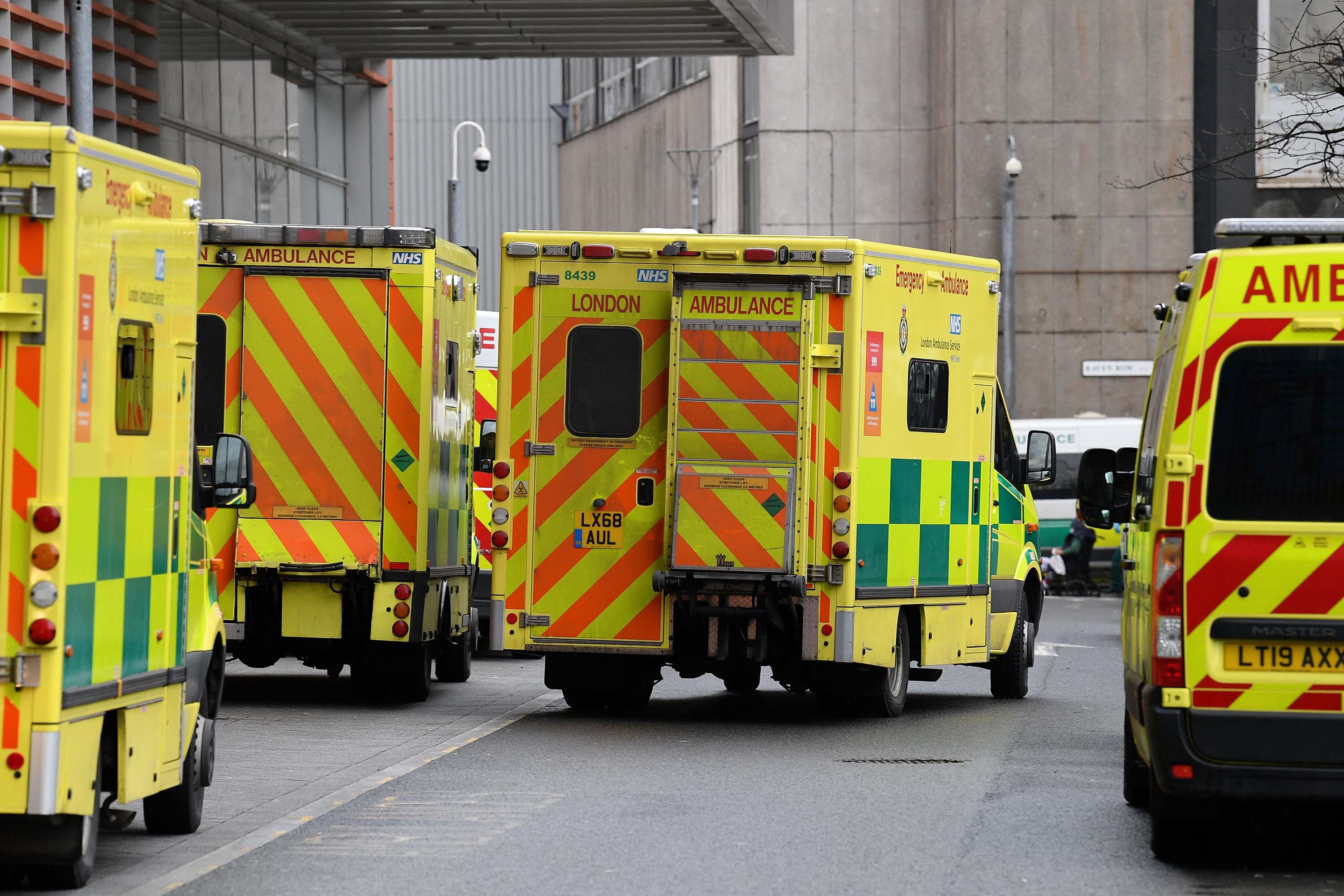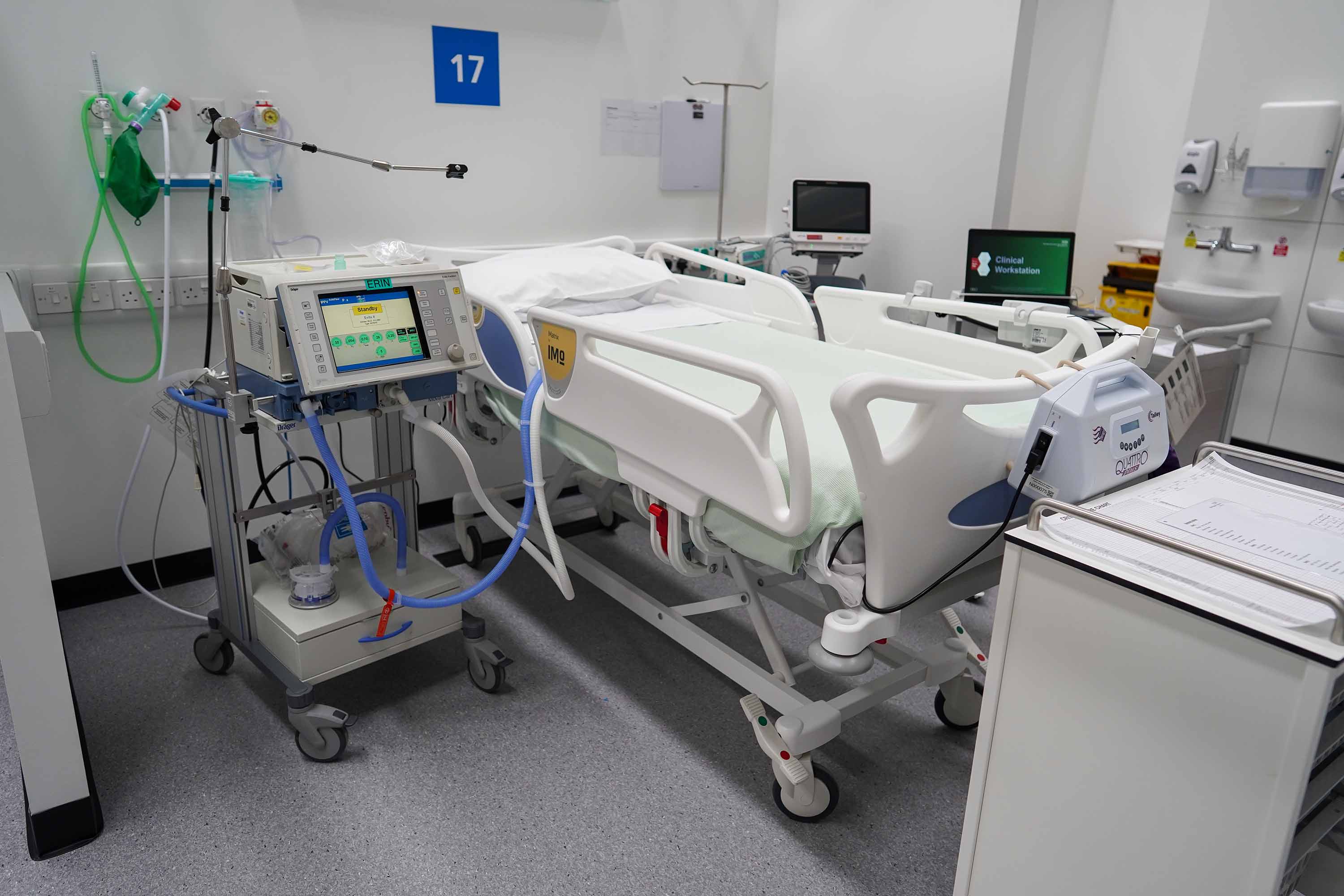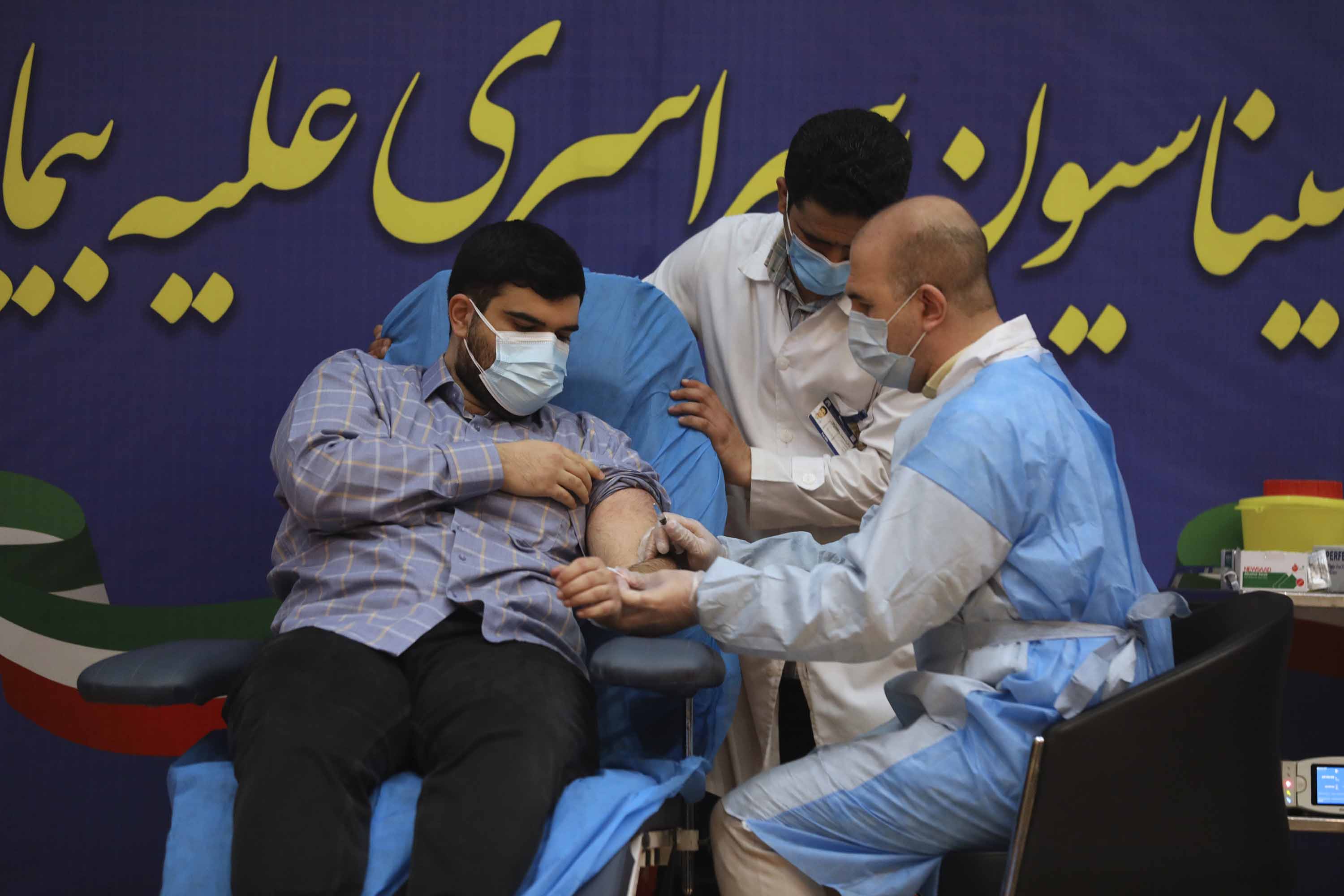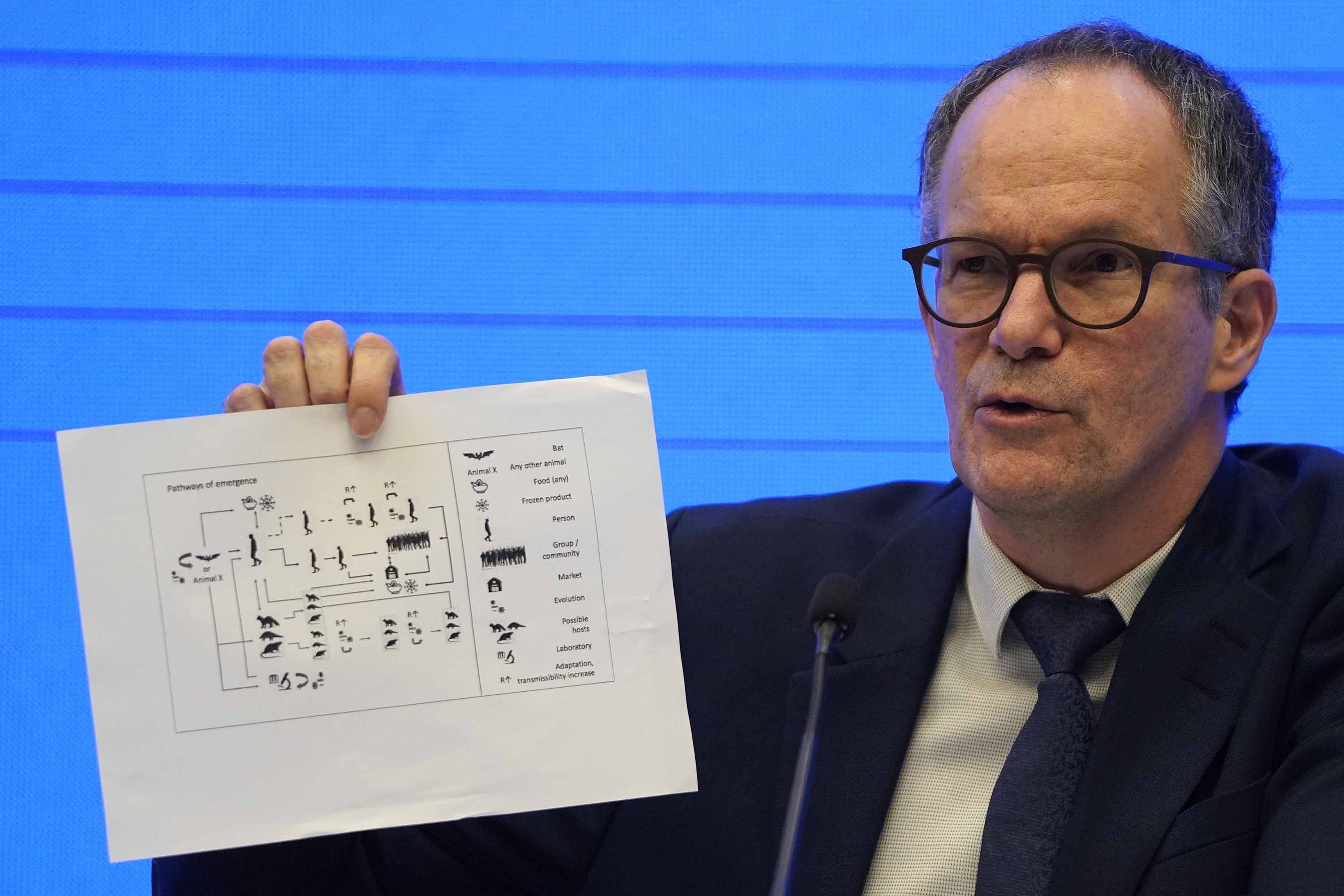
Athletes will be tested for Covid-19 at least every four days during their stay in Tokyo to safeguard against the spread of the virus at this summer’s Olympic and Paralympic Games, according to organizers.
On Tuesday, Games organizers published the first version of its "Playbook," aimed at athletes and officials.
The athletes and officials will be able to book Covid-19 tests through a web system.
"The timing and frequency of testing may be adjusted, depending on your sport and competition schedule," it says.
Athletes will also have to present a negative test 72 hours prior to departing for Tokyo, and will be tested again upon arrival, it says.
The Playbook adds that athletes will only be permitted to leave the Olympic and Paralympic Village (or other designated accommodation) to carry out the activities outlined in their "14-day activity plan.”
Gyms, tourist areas, shops, restaurants or bars cannot be visited, among others.
Face masks must be worn at all times except when training, competing, eating or sleeping, or if athletes are outside and unable to keep two meters (6.5 feet) apart from others.
Those staying at the Olympic Village must eat at the Village or Games venues and “unnecessary forms of physical contact such as hugs, high-fives and handshakes” are not advised.
The guidelines also say that supporting and celebrating fellow athletes should be done by clapping, and not by singing, shouting or chanting.
The series of "Playbooks" are designed to provide a framework of basic principles that each key stakeholder group – international federations, press, broadcasters, athletes and officials – will have to follow before they travel to Japan, when entering Japan, during their time at the Games and upon leaving the Games.
The first versions for all the aforementioned groups have now been published with an updated version expected to be delivered in April.





